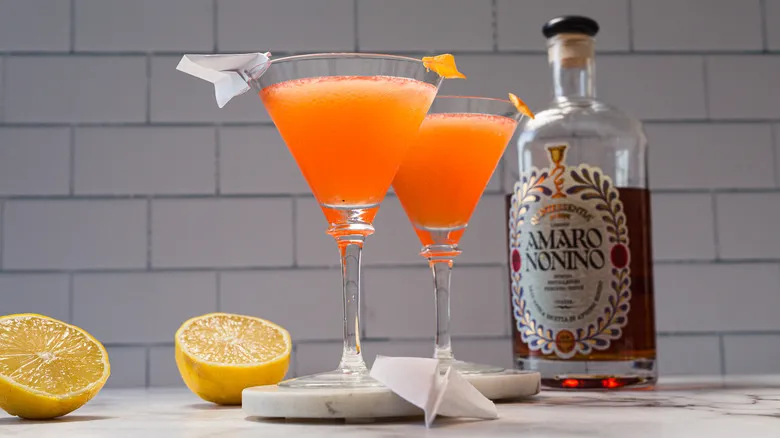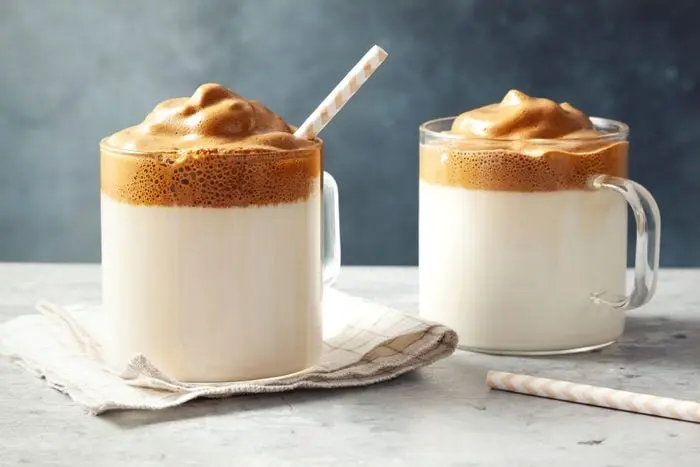The best sangria starts with preparing the fruit
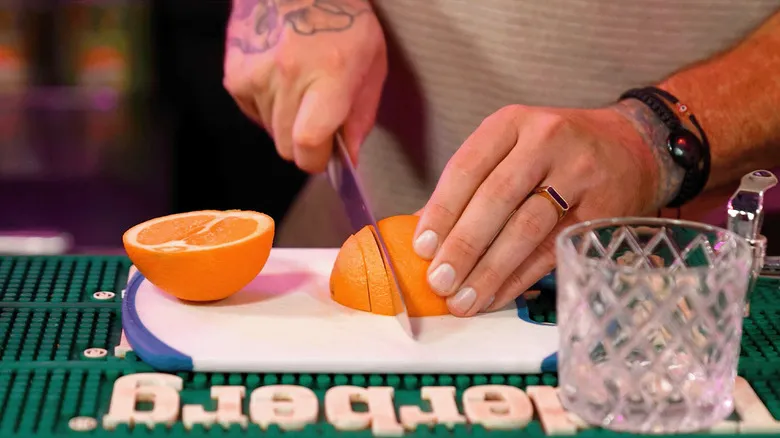
The type of sangria you’re preparing will influence the choice of fruit. Oranges, for instance, provide a refreshing citrus flavor, which is why Lockwood favors them. He emphasizes the importance of including the rind, stating, "The rind adds a lot of flavor and helps prevent the fruit from disintegrating too quickly," which enhances the overall complexity of the sangria's taste.
When it comes to apples, which are also popular in sangria, it’s essential to remove the seeds to enhance the drinking experience. If you have an apple corer, now is the perfect time to utilize it. No matter which fruits you decide to use, Lockwood advises that the slices should be uniform in size. This not only creates an appealing presentation but also aids in the rate at which the sugars dissolve in the beverage. While slicing, remember to set aside half of each fruit type for garnishing the final glass later.
Sangria needs a little added sugar
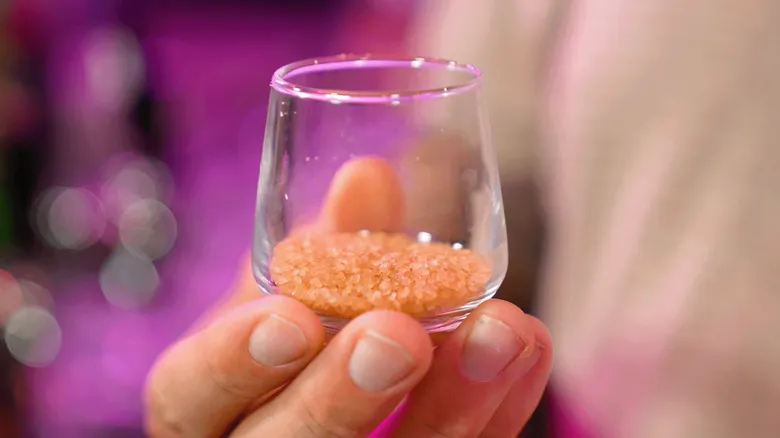
Fruit contains natural sugars that enhance the sweetness of the drink, but to create a more complex flavor alongside the acidic wine, it's advisable to incorporate a bit of additional sugar. You can opt for either white or brown sugar, though Lockwood favors the latter. "It's a bit richer, and I believe it pairs beautifully with the brandy and wine," he explains. However, he mentions that cane sugar can also be used without any problems.
Instead of converting the sugar into a syrup, it's better to add raw or whole sugar directly into the sangria mixture. The coarser sugar can be muddled, which is crucial for blending the fruit and sugar effectively. This process adds a pleasant texture and aids in breaking down the sugars in the fruit, according to Lockwood. He typically uses about four tablespoons of sugar for each bottle of wine in a batch.
Don't forget to muddle the fruit
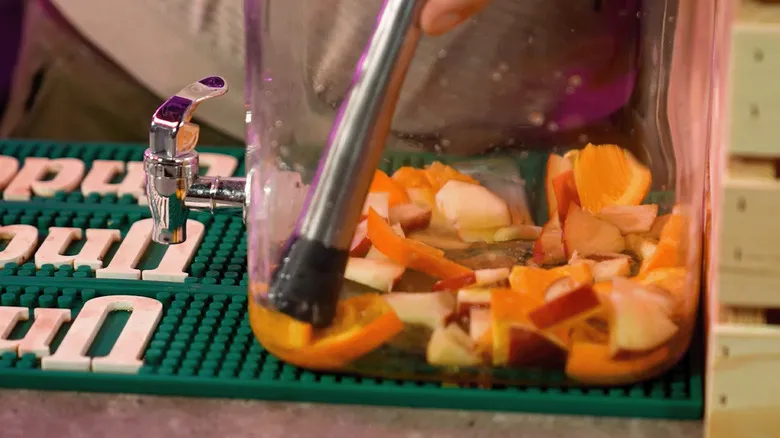
If you've ever observed a bartender or mixologist using a club-like tool to press down on the ingredients in your drink glass, you've likely seen the technique known as muddling. To enhance the flavors in a cocktail, bartenders often push the ingredients down—similar to using a mortar and pestle—to crush or bruise them, thereby releasing their flavor profiles. Lockwood emphasizes that this step is crucial for creating a delicious sangria.
"It's important to muddle the fruit gently," Lockwood explains. "This process begins to break down the acids in the fruit and releases its juices." He also points out that muddling allows the fruit to break down "a bit faster and more evenly," making it easier to mix with the wine and spirits you’re using. There's no need to completely smash the fruit; it should remain mostly intact.
Don't stick to just wine
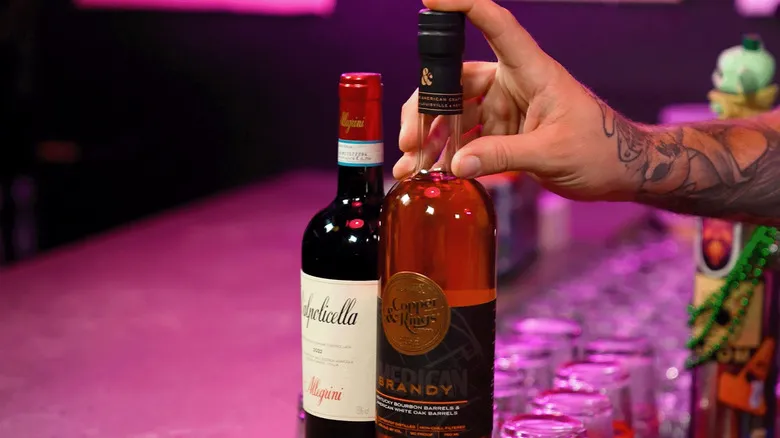
Although you may think of sangria as primarily consisting of fruit and wine, additional liquids are often included. This enhances the flavor and increases the overall volume of the batch. In Lockwood's version of sangria, he incorporates orange juice along with the wine and brandy, allowing for either pulp or pulp-free options based on your texture preference. For each bottle of wine, he recommends using ¾ cup of orange juice.
For a dry red sangria, consider pairing it with brandy. Lockwood mentions that while you can substitute another spirit like rum, he prefers the flavor of brandy in this particular drink due to its unique characteristics. "It's my top choice... brandy is derived from apples, so it complements the sangria beautifully." He suggests starting with ? cup of brandy in the mix, but encourages you to adjust the amount of brandy or sugar to suit your taste, and to experiment with the ratios.
Lastly, the most crucial ingredient: the wine. Lockwood strongly recommends selecting a dry red wine, emphasizing that the origin of the wine is less important than its dryness. "Having a dry wine is essential," he notes. "Balance is key." A dry wine ensures that the sangria doesn't become overly sweet. He typically uses an Italian Valpolicella, which is semi-dry, but also suggests that a pinot noir would be a good choice.
Let the sangria sit for at least four hours
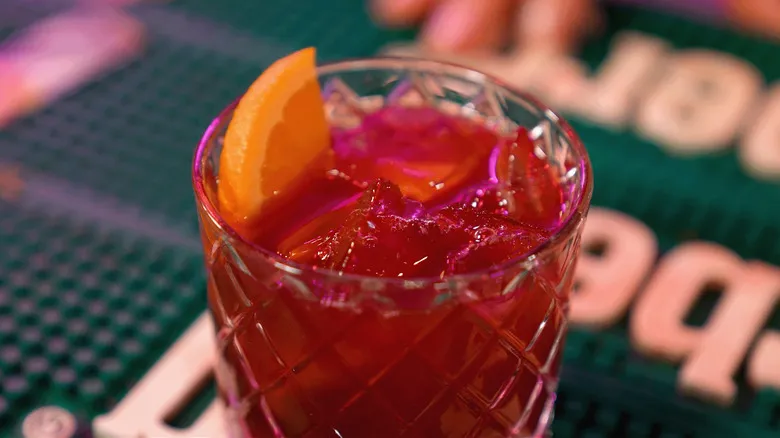
Before allowing the sangria to marinate, Lockwood recommends adding a cup of ice to the mixture. The combination of fruit, juice, and liquor creates a robust flavor, and the ice serves to dilute it. After that, it's time to let the sangria rest. "It's important to allow enough time for the sugar to dissolve and meld the flavors together," Lockwood explains, noting that a resting period of four to twelve hours is ideal.
You can certainly prepare the sangria in advance, but avoid leaving it for too long. "I wouldn't let it sit for more than 48 hours," Lockwood advises, "but that doesn't mean it will spoil after 24." If you plan to use a pour spout, consider using the reserved fruits as garnishes in each glass. Alternatively, you can serve the sangria in a pitcher or bowl, allowing guests to pour or scoop their own fruit. If you prefer, you can serve it over ice for additional dilution. By taking the time to prepare and muddle your fruit, select the right mix-ins, and allow your creation to rest, you'll end up with a truly delightful sangria. Cheers!
Recommended

Sour Vs Gose Beer: What's The Difference?
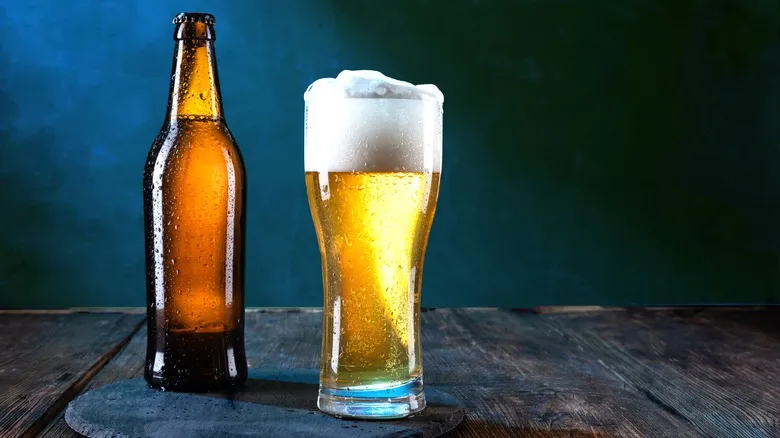
How To Tell If Your Beer Has Gone Bad

The State That Drinks The Most Beer Isn't California Or Texas

Why You Should Avoid Ordering Wine By The Color
Next up

